Gardeners in the Southeast have so many choices for flowering shrubs that play an important role in creating a habitat that pollinators love and to which they flock. Shrubs are vital to a pollinator friendly garden. By incorporating different canopy layers in the landscape and planting shrubs with various seasons of bloom you will attract different pollinator species and provide pollen and nectar throughout the seasons. It can be as simple as planting a small grouping in your landscape. These are just a few of the many choices for shrubs that draw pollinators–consult with your local garden center for even more options.
Many shrubs span a wide variety of zones. You might want to read our suggestions for other regions to increase your choices: Northeast, South, Midwest, Northwest, Southwest
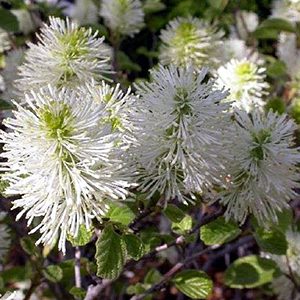
Blue Shadow Witch Alder
The bottle brush-like early spring flowers have a mild honey fragrance. They will provide food for early season native bees and butterflies. Zone: 4 – 9
Attracts: Native bees, butterflies; foliage provides good cover for birds.
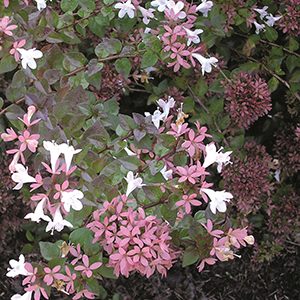
Rose Creek Abelia
Showy clusters of small, fragrant, white flowers in late spring to early summer attract pollinators. These provide them with hot weather food source. Zone: 6 – 9
Attracts: Bumble and honey bees, butterflies.
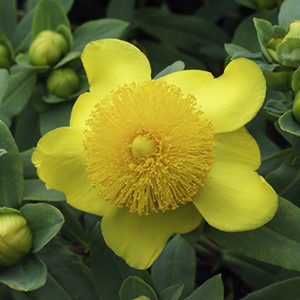
Sunburst St. John’s Wort
N. American native with cheerful yellow midsummer flowers with distinctive puffball of stamens followed by colorful berries in fall. Zone: 4 – 8
Attracts: Honeybees, bumblebees, native bees, butterflies.
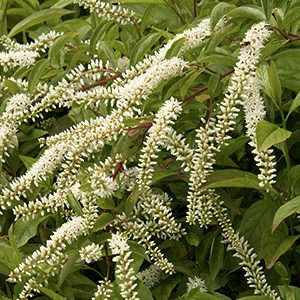
Henry’s Garnet Sweetspire
N. American native with slender clusters of fragrant white early summer. Also containing brilliant red-purple fall foliage color that lasts into winter. Zone: 5 – 9
Attracts: Native bees and native butterflies (in droves!)
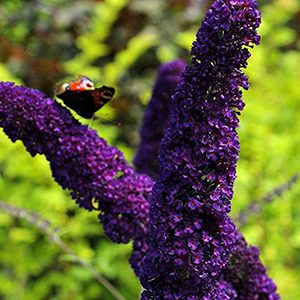
Black Knight Butterfly Bush
Well, it ain’t called that name for no good reason! Spectacular summer color from lightly fragrant, dark violet-purple flower spikes. Zone: 5 – 9
Attracts: Tiger swallowtail and monarch butterflies, moths, hummingbirds, bees.
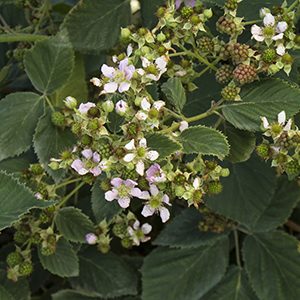
Black Satin Blackberry
Thornless, heat tolerant, producer of sweet and juicy, blue-black berries. Small pink flowers on second year wood. Zone: 5 – 8
Attracts: Bees, butterflies; hollow canes are nesting sites for cavity nesting bees.

Olympic Fire Mountain Laurel
Red buds open to light pink flowers. As flowers are disrupted by a pollinator, anthers spring and bath the insect with pollen. Zone: 5 – 9
Attracts: Honeybees, bumblebees, butterflies
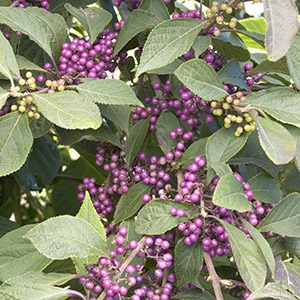
Profusion Beautyberry
Small, purplish pink flowers appear in summer to the delight of native pollinators and butterflies. These are followed by the remarkable bright berries to which birds flock. Zone: 5 – 8
Attracts: Everything! Birds, bees, even bats!
TIPS FOR LURING POLLINATORS
-
Determine which pollinator-friendly plants are appropriate for your region.
-
Limit your use of chemicals (both synthetic and organic) and use plenty of compost and mulch to build healthy soil. Healthy soils create healthy plants.
-
Plan your garden so that there is something blooming for as many months as you can manage. (Try incorporating different color, fragrance, and season of bloom). Many pollinators, especially bees, forage during the entire growing season.
-
Provide shelter by letting your yard get a little wild. Allow a hedge to grow untrimmed, leave a section of lawn unmowed and pile grass cutting in a sunny spot. Then, create a nesting habitat by leaving some soil bare for ground nesting bees.
-
Group plantings so that pollinators can move safely through the landscape protected from predators.
-
A clean, reliable source of water is essential to pollinators.
-
Plant a diversity of plants to support a variety of pollinators.




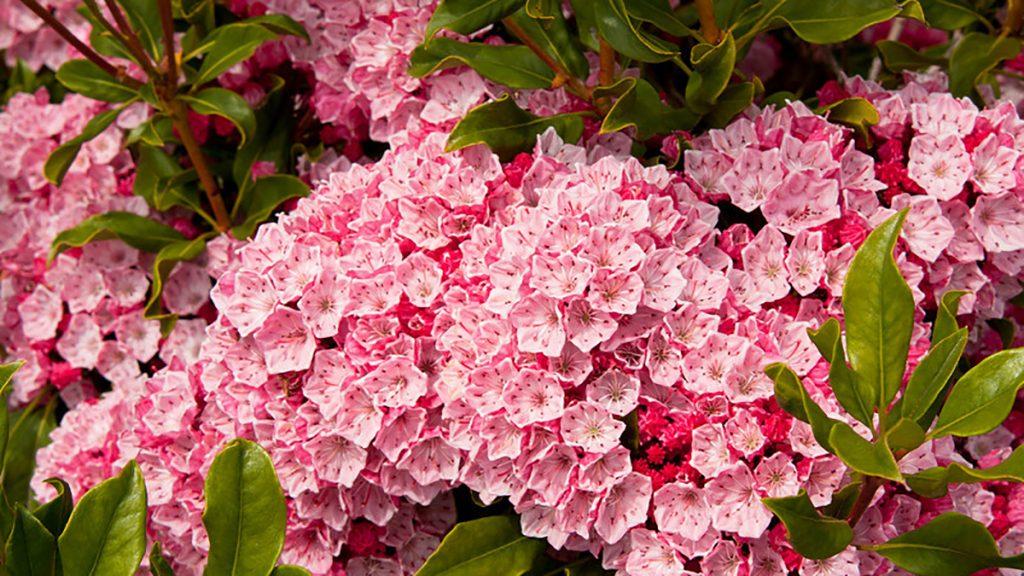
Please login to comment.
Don't have an account?
Sign Up for free